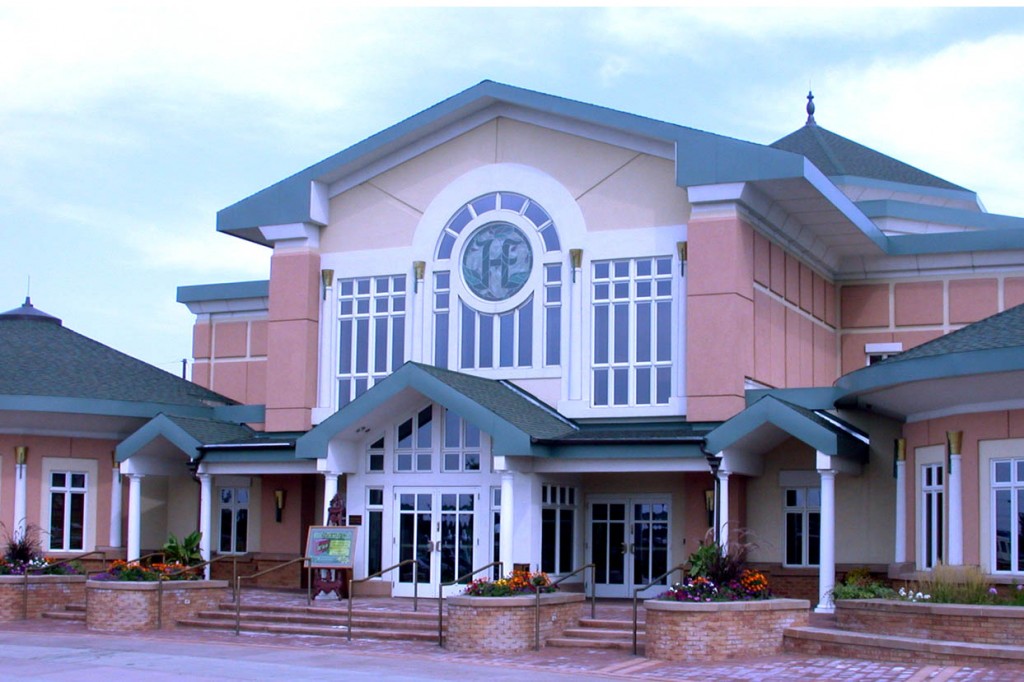
From a letter written by Josiah Stowell (1770-1844), who employed Joseph Smith roughly 1825-1827 (i.e., before the restoration of the Church and the publication of the Book of Mormon), to J.S. Fuller. The letter, the original of which is located in the LDS Archives, is dated 17 February 1843. See Mormon Enigma: Emma Hale Smith, by Linda King Newell and Valeen Tippetts Avery (1994), 17:
“He [Joseph Smith, Jr.] was a likely young man & at that time did not Profess religion he was not a Profain man although I did once in a while hear him Swair he never gambled to my knowledge…. I well know he was no Horse Jocky for he was no Judge of Horses I sold him one that is old…. I never new him to git drunk I believe he would now and then take a sip…. I state this for fact that any thing from what I have said about Joseph Smith that is wors than I say is fals & untru.”
Noah Webster’s 1828 American dictionary explains the relevant meaning of likely as follows:
Such as may be liked; pleasing; as a likely man or woman.
[This use of likely is not obsolete, as Johnson affirms, nor is it vulgar. But the English and their descendants in America differ in the application. The English apply the word to external appearance, and with them, likely is equivalent to handsome, well formed; as a likely man, a likely horse. In America, the word is usually applied to the endowments of the mind, or to pleasing accomplishments. With us, a likely man, is a man of good character and talents, or of good dispositions or accomplishments, that render him pleasing or respectable.]
When Mr. Stowell says that Joseph “did not profess religion” in the mid-1820s, I suspect that he means to say that Joseph was not an active participant in any of the area churches.
Josiah Stowell joined the Church of Jesus Christ of Latter-day Saints when it was founded and, although he never went west with the Saints, he evidently continued to express his belief in Joseph Smith as a prophet throughout the remainder of his life, indicating that he still hoped to join the main body of the Church.
***
Last night, my wife and I went to a showing of the Kenneth Branagh movie Murder on the Orient Express.
I found it more than a bit slow. And Branagh’s mustache (in his role as Hercule Poirot) was absurd and distracting. Still, on the whole I enjoyed the movie.
It was fun to see the film’s attempt to recreate Istanbul and the area around Jerusalem’s Western Wall (aka Wailing Wall) as they might have appeared about a century ago. The Dome of the Rock came too far forward toward the west, though. And when, at one point, Poirot orders a soldier to guard the southern gate, Poirot points (and the soldier runs) toward the north. I notice such things.
***
This afternoon, we attended a performance of Ruth and Nathan Hale’s original play A Bundle of Trouble, updated and directed by Eric R. Jensen, at the Hale Centre Theatre in West Valley City. (It may well be the last time that we enter the building, given the fact that the new Hale Centre Theatre in Sandy is already partially functional and will be fully operational on 17 November.)
A Bundle of Trouble features a great many witty lines, as well as two child actors and a dog. And Eric R. Jensen (again) was very, very good in the lead role.
***

I’m several hours late in posting this link, but the latest iteration of the bi-weekly Hamblin/Peterson Deseret News column has been published:
“Johann Sebastian Bach as a Protestant composer and ‘The Fifth Evangelist'”
***
I look forward to seeing this exhibit:
“Acclaimed artist’s social commentary now adorns walls of Mormon museum”
Joseph Paul Vorst is not a painter with whom I’ve been familiar, but he looks interesting.
***
This is the presentation by Jack Welch that my wife and I attended on Wednesday night:
“BYU professor’s lecture examines the timeline of Joseph Smith’s translation of the Book of Mormon”











